
The Role of AI in Optimizing Automated 3D Printing Systems
Introduction to AI-Driven 3D Printing
The integration of Artificial Intelligence (AI) into automated 3D printing systems represents one of the most significant advancements in additive manufacturing technology. As industries increasingly adopt 3D printing for prototyping, production, and custom manufacturing, the need for optimization, efficiency, and reliability has become paramount. AI technologies are revolutionizing how 3D printing systems operate, from design optimization to real-time monitoring and quality control.
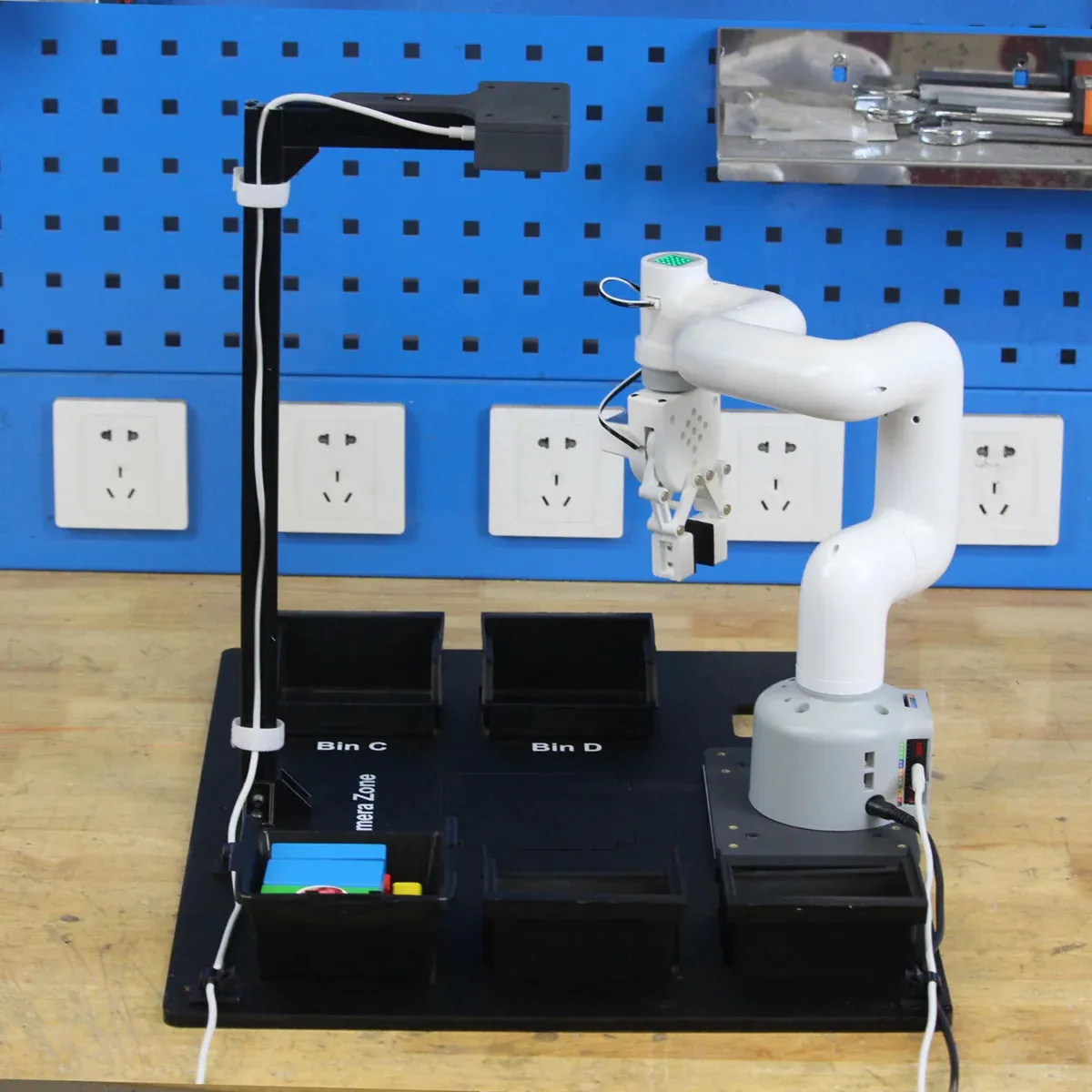
Traditional 3D printing processes often require extensive human intervention, manual parameter adjustments, and post-production quality checks. The incorporation of AI algorithms transforms these systems into intelligent manufacturing platforms capable of self-optimization, predictive maintenance, and autonomous operation. This technological synergy is creating new possibilities across various sectors including aerospace, healthcare, automotive, and consumer goods manufacturing.
Key AI Applications in 3D Printing Optimization
Design Optimization and Generative Algorithms
AI-powered generative design algorithms are transforming how products are conceptualized and created through 3D printing. These systems use machine learning to explore thousands of possible design iterations based on specified constraints and performance requirements. The algorithms can optimize material distribution, reduce weight while maintaining structural integrity, and create complex geometries that would be impossible to design manually.
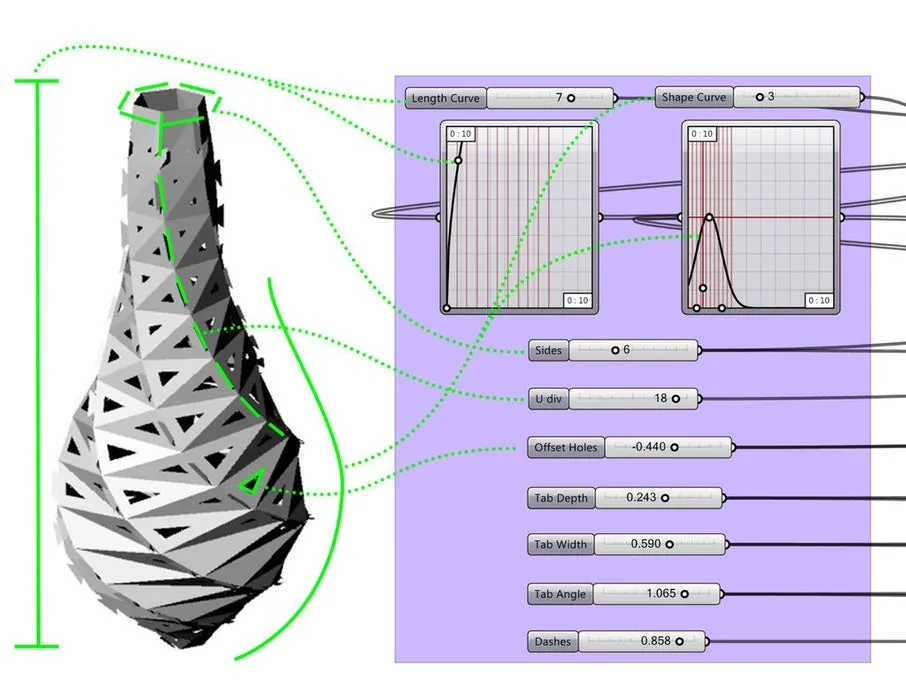
Advanced neural networks can analyze historical design data and performance metrics to suggest improvements and identify potential failure points before manufacturing begins. This capability significantly reduces design iteration time and material waste while improving the final product's performance characteristics.
Real-Time Process Monitoring and Control
Computer vision systems combined with AI algorithms enable real-time monitoring of the 3D printing process. High-resolution cameras and sensors capture data throughout the printing process, while machine learning models analyze this information to detect anomalies, predict potential failures, and make automatic adjustments to printing parameters.
| AI Monitoring Feature | Function | Impact on Quality |
|---|---|---|
| Layer Defect Detection | Identifies inconsistencies in layer deposition | Reduces failed prints by 45% |
| Temperature Monitoring | Adjusts nozzle and bed temperature in real-time | Improves layer adhesion by 30% |
| Material Flow Analysis | Optimizes extrusion rates and speeds | Enhances dimensional accuracy by 25% |
| Structural Integrity Prediction | Forecasts potential weak points during printing | Increases part strength by 20% |
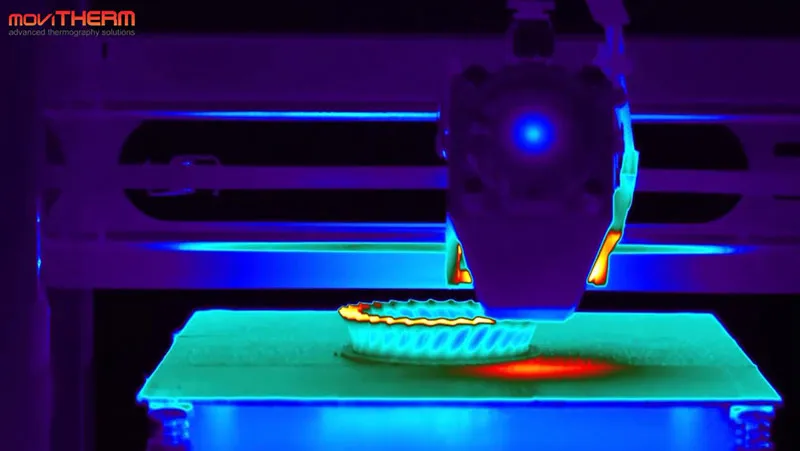
Predictive Maintenance and System Optimization
AI systems can predict maintenance needs for 3D printing equipment by analyzing operational data, component wear patterns, and performance metrics. This proactive approach minimizes downtime and extends the lifespan of expensive printing systems. Machine learning models can optimize printing schedules, material usage, and energy consumption based on production requirements and historical data.
Advanced Material Science and AI Integration
The combination of AI and material science is creating new possibilities in 3D printing material development. Machine learning algorithms can predict material behavior under different printing conditions, optimize material formulations, and suggest ideal printing parameters for specific material combinations.
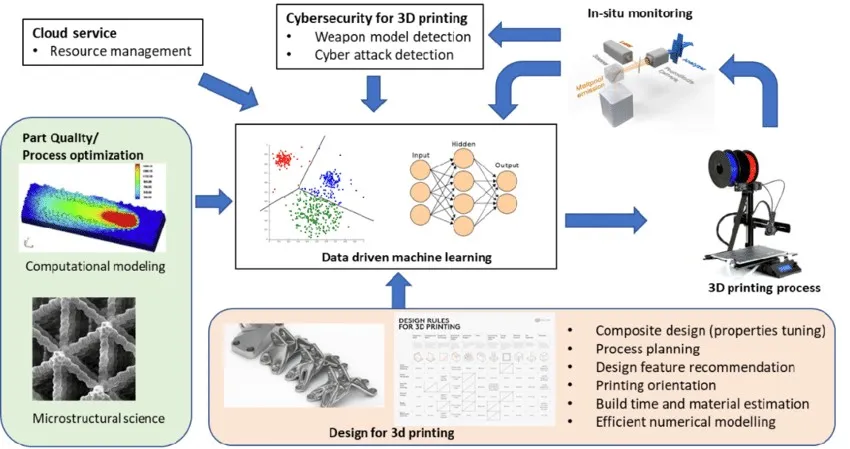
Reinforcement learning algorithms are being used to discover novel material combinations and printing strategies that maximize desired properties such as strength, flexibility, thermal resistance, or conductivity. This approach is particularly valuable in industries requiring specialized materials with specific performance characteristics.
Quality Assurance and Defect Detection
Traditional quality control in 3D printing often involves manual inspection and destructive testing. AI-powered quality assurance systems use computer vision, thermal imaging, and acoustic analysis to detect defects non-destructively during and after the printing process. Deep learning models trained on thousands of printed parts can identify subtle defects that might escape human detection.
| Defect Type | AI Detection Method | Detection Accuracy |
|---|---|---|
| Layer Separation | Computer Vision + Thermal Analysis | 98.5% |
| Under-Extrusion | Real-time Flow Monitoring | 96.2% |
| Warping | Laser Scanning + Pattern Recognition | 97.8% |
| Internal Voids | Ultrasonic Testing + AI Analysis | 95.4% |
Future Trends and Developments
The future of AI in 3D printing points toward fully autonomous manufacturing systems capable of self-optimization across multiple printing platforms. Emerging technologies include multi-material AI optimization, swarm printing coordination, and integrated digital twins that simulate and optimize the entire manufacturing process before physical production begins.
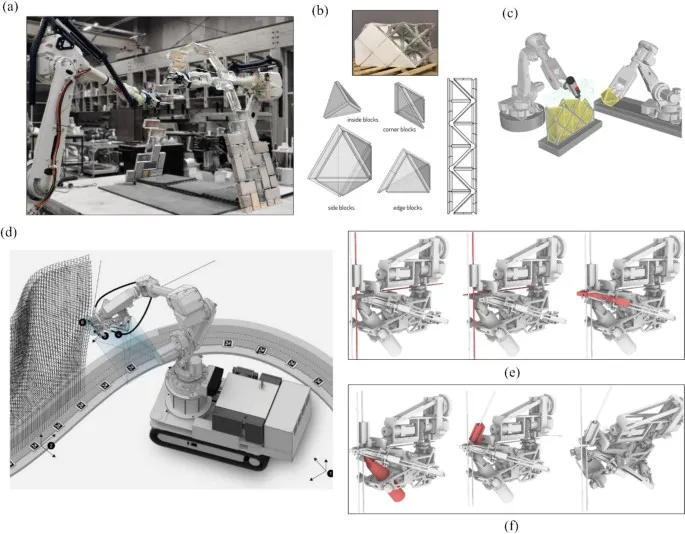
Reinforcement learning algorithms are expected to play an increasingly important role in developing adaptive printing strategies that can respond to changing environmental conditions and material variations. The integration of AI with Internet of Things (IoT) platforms will enable seamless coordination between design, manufacturing, and post-processing stages.
Challenges and Considerations
Despite the significant advantages, implementing AI in 3D printing systems presents challenges including data quality requirements, computational resource demands, and the need for specialized expertise. Ensuring the security of AI systems and protecting intellectual property in AI-generated designs remain important considerations for widespread adoption.
The successful integration of AI into automated 3D printing systems requires careful planning, adequate training data, and continuous model refinement. However, the potential benefits in terms of efficiency, quality, and innovation make this technological convergence one of the most promising developments in modern manufacturing.
